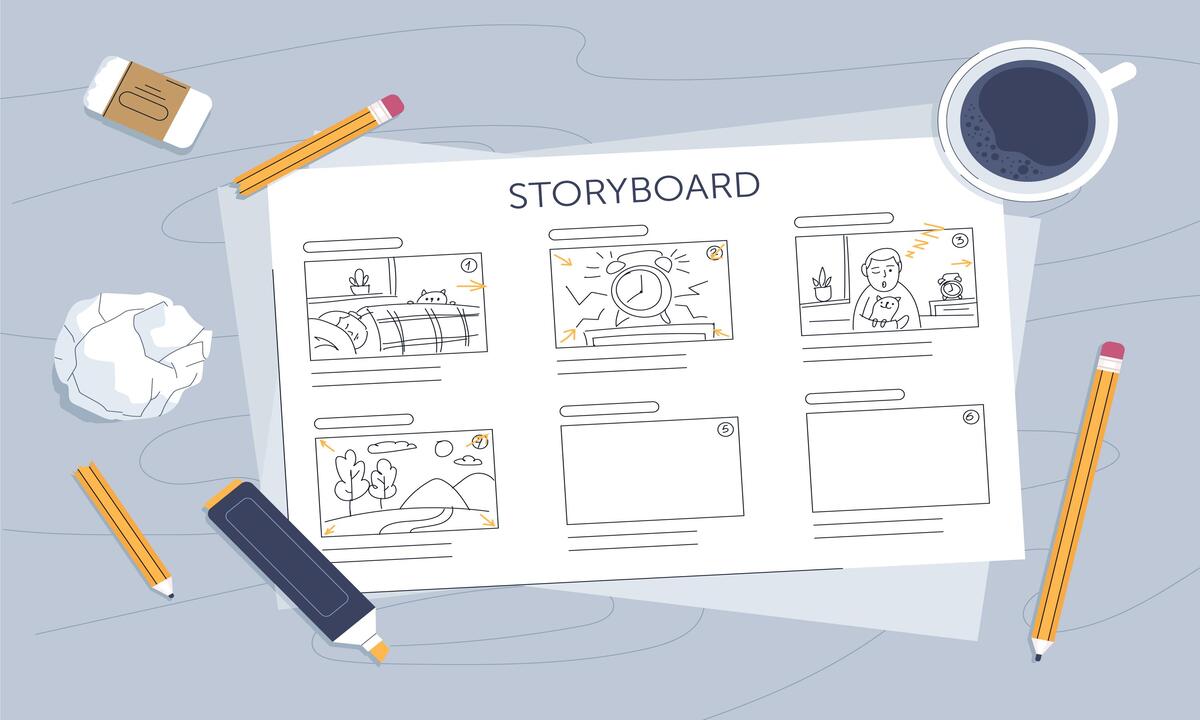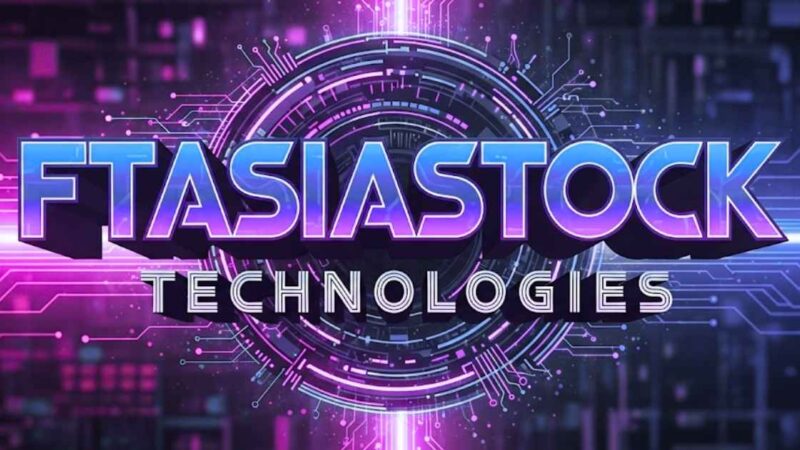How to Create a Story Board

In the past the use of story board was only in the film and television industry. In the course of time the industry has were aware of the significance and value the tool. Today, you can utilize a storyboard to come up with different scenarios and imagine the way a potential customer might use your product or behave.
If you want to use it then you must create it. Don’t worry, this guide will guide all the steps of this procedure. If you’re looking to learn how to construct a story board from scratch read this article!
What Is a Story Board?
A storyboard is a collection of images that depict the story. The past was when a narrative board was utilized by animators and designers within the television and movie industry. They designed as well as illustrated stories for TV shows and video games, or films.
But, increasingly businesses are adopting the idea of a story board. Why? Because they’re powerful tools for designing and predicting user experience. When you utilize the story board and you’ll be able improve the alignment of your team and pitch your idea to prospective customers.
How do you construct one? Follow these simple steps!
Step #1: Choose Your Medium
There are two methods by which you can design your story board – using the traditional pen and paper, or the internet. If you’re a fan of the traditional method then you can simply take a pen and paper and begin sketching. However, if you’re looking for more functions and features it is best to look for an online solution.
Naturally, the two media come with advantages and drawbacks. Paper is available everywhere and does not require computers. It’s just not that easy to make changes. Also, you can’t move frames around, and you aren’t able to actually work together on it. Naturally, we advise using an online program.
Step #2: Get to Drawing
You don’t require any artistic abilities to draw a storyboard. All you require is imagination and the ability to sketch out a plan. Begin sketching your scenario or plan without the need to embellish with fancy effects or any further amount of details. This is referred to informally as “scamping” and it’s okay even if it’s messy, raw.
At this point, your storyboard should be enough to let you understand some sense of the concept you’re trying to convey. If you’re scheming remember the following points:
- Be simple. It’s normal for sketches to appear rough. They’re merely to be seen by your eyes.
- Continue to work on it. If certain aspects of your plan or movie feel complex and slow it is possible to go back and make edits. Do not dwell on the issue too much in the beginning.
- Make sure that your ideas are logical. Even if it’s just an outline it is important to take note of whether your ideas are logical. They don’t have to be in isolation, but when linked to one another as well.
Step #3: Edit Your Story Board
After you’ve finished creating then you’re ready to edit. This is the time in which you must pay closer focus on the details and correct any inconsistencies that occur in the flow. Be sure that your ideas flow seamlessly across each other and they tell a story that’s simple to understand.
In the event that you’re working with a storytelling software, now is the best moment to involve your team to the process. In the editing phase it is possible that they will notice something that you’ve not. They might also develop new ideas to enhance the process.
It’s that easy – making the story board is extremely simple. In just three steps you’ll have a powerful device that can bring your business to an entirely new level. What is the process? Here are some of the well-known benefits of having using a story board:
- Time-saving. Although a storyboard could take a while to create, it will save you lots of time when implementing the concept. When the time comes for your team to implement the idea they’ll know precisely what they need to accomplish and what they should avoid.
- It’s easy to plan. Did you know that you could utilize a storyboard to manage and plan the budget? It’s true – story boards can be used for a variety of purposes. The process of developing an app, say requires many exchanges with your customer. If you do not have a clear diagram, it can negatively impact both the price and timeframe of the project.
- Better visualization. Whatever type of business you run the story board can assist you in writing your plan on paper and help you imagine the whole process. It also makes it simpler for you to solicit input and recommendations from colleagues.
Our Final Thoughts
Once you’ve learned how to make a storyboard (and the amazing benefits it offers) You can begin using this tool regardless of the business’s nature. It can be a great tool for visualization regardless of the idea you have. When both of you have a clearer picture of the idea and the process will run smoothly.
Don’t be misled by initial impressions – storyboarding isn’t the tedious and slow procedure that it used to be. It’s because today you have numerous online tools to simplify the process so that you can design the most stunning and intricate storyboards you’ll ever need.
Do you have a thought? Are you planning to incorporate story boards into your workflow starting now? If yes Do you have any tips for those who are new to the process? Share your thoughts and suggestions in the comment section below. It would be great to know your ideas!






